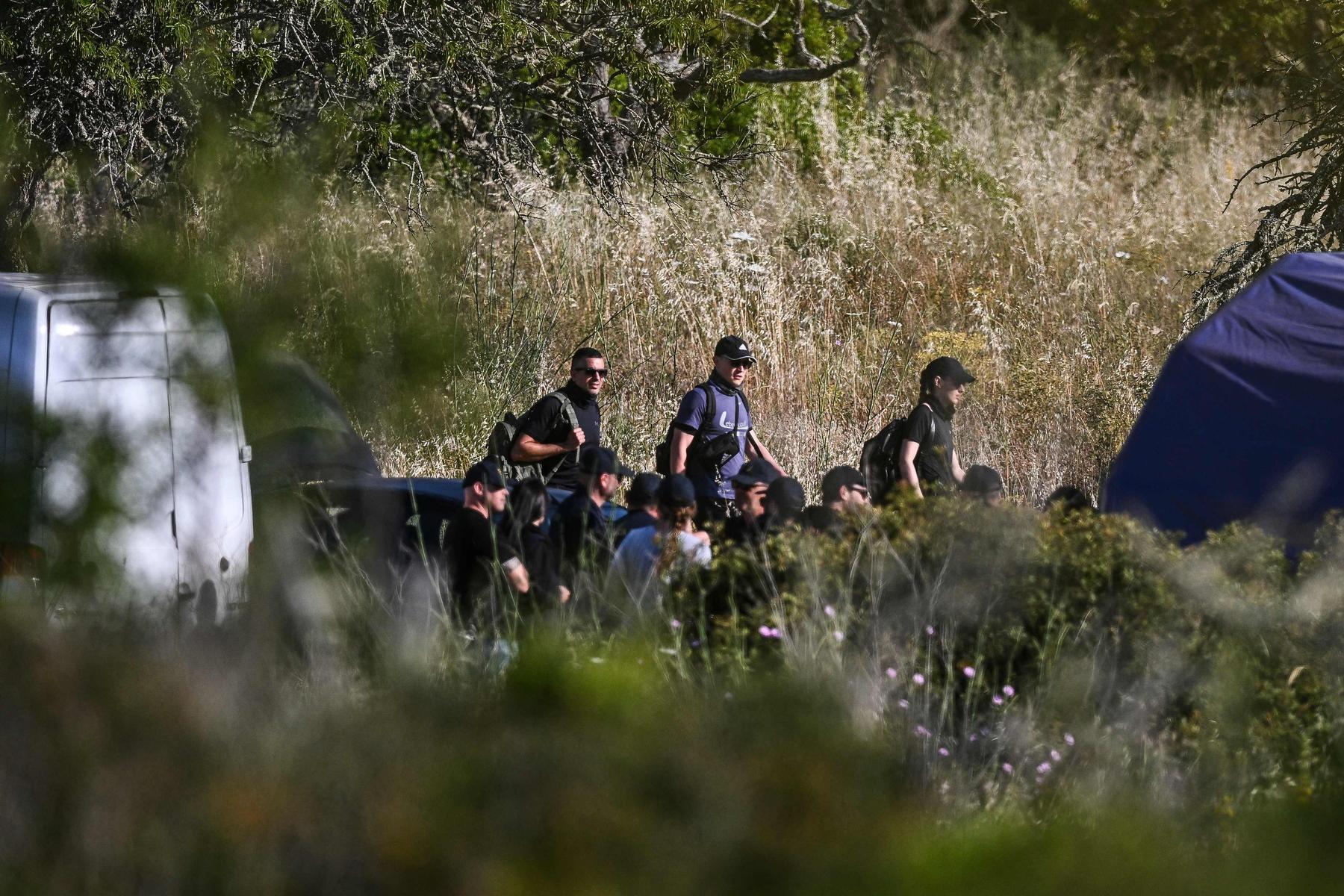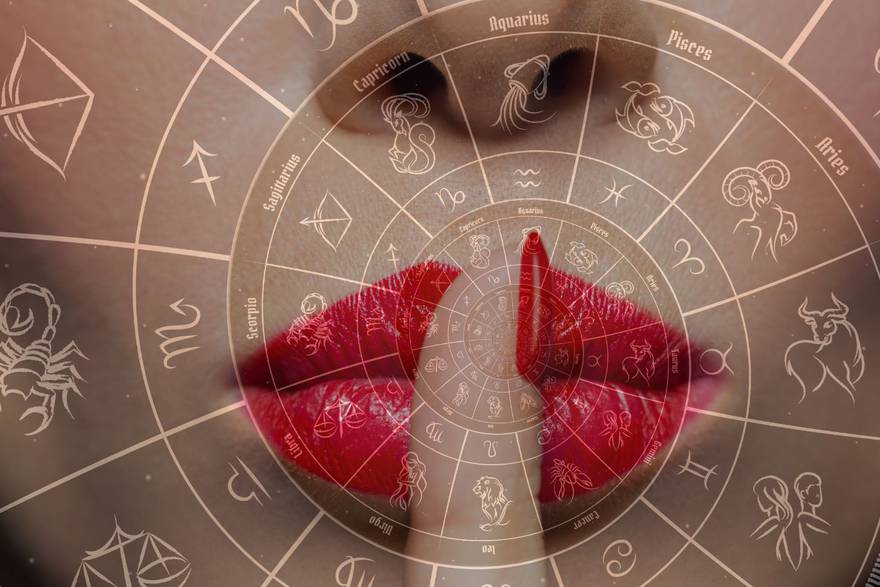Fat, rude and sick: culture cultivation threatens the survival of the Norwegian wild salmon
/s3/static.nrc.nl/images/gn4/stripped/data130290331-dae6eb.jpg|https://images.nrc.nl/nUDHdmRdVqUco80dzH4dMogUg6E=/1920x/filters:no_upscale()/s3/static.nrc.nl/images/gn4/stripped/data130290331-dae6eb.jpg|https://images.nrc.nl/n7pQfxFXC-OBBm9dREGRLw1QxEg=/5760x/filters:no_upscale()/s3/static.nrc.nl/images/gn4/stripped/data130290331-dae6eb.jpg)
In red letters, « fish ban ». A laminated map with the built-up area of Trondheim is on the table next to Kay-Arne Olsen. Other cards show the different types of fish that can be found in the area, which can be fished on and on which not. Olsen has been the ‘forester’ of the Nidelva river for eighteen years, and busy preparing for the next fishing season. There will hardly be any fishing this year.
The rivers around Trondheim, a town in the middle of Norway, were once popular for salmon fishermen. You could put on up to twenty kilos of heavy salmon. In the 1980s, more than a million wild salmon swam in Norwegian waters. Now there are less than half. In 2021 the animal was placed on the Norwegian Red List of endangered species.
The office of Trondheim Omland FiskeAdmarkjon (Tofa) is located next to an power plant from the beginning of the last century. The dam that was constructed before had already drastically changed the habitat of the salmon in the Nidelva, says Oslen. Now the commercial salmon farm puts the survival of the wild salmon at stake, due to large -scale escapes of breeding salmon that makes the wild salmon sick.
Olsen, with rolled up sleeves including a tattoo of a Celtic cross appears, points to a large trophy hanging on the wall. « This is how you actually want them to look like if you catch them to eat. » A silver fish, as large as a Labrador, open open and chin that curls up. « You hardly see that anymore. But what do you do about it? I only have control over the river. The problem is outside. »
Every storm again
A thousand kilometers north of Trondheim, this year, 27,000 salmon from a MOWI cage, the largest salmon farm in the world, escaped this year. Together with the Norwegian Coast Guard, the fish giant had to look for escaped copies. The company also praised 500 crowns (around 43 euros) per fish that would be reduced to the local fish auction.
Olsen does not look up from that news. He turns his mustache when he thinks and leans with the arms over each other. « It happens every storm again. It is a huge problem, and the growers and politics do not want to take measures, because there is too much money in it. »
Photo Kay-Arne Olsen
Last year, for example, MOWI was also responsible for the outbreak of 65,000 breeding salmon – more than that year in rivers were fished on salmon. The amount of annually escaped salmon in Norway has decreased since 2019, a year with exceptional number of incidents, but according to researchers it still has a harmful effect on the wild population.
Salmonbarons and mega nurseries
The Salmon Nursery is the largest ‘Veesector’ in Norway. Four hundred to five hundred million grown fish swam in 2021 in open cages along the coast, according to a risk report from that year. With 1.3 million tons, Kweekzalm is the main food that the country exports. In 2024, Norwegian companies earned 123 billion crowns (11 billion euros), a record amount.
Since the 1970s, the salmon farms along the entire Norwegian coast have been running a flight, on a large and on a small scale. According to Olsen, neighbors in Trondheim turned into true fish barons. « The cages became bigger and bigger. »
If one such a big cage breaks into a storm, that is a natural disaster
Mega nurseries such as Mowi, Lerøy, and Salmar in particular are a problem for the salmon, says Olsen. In Norway alone, MOWI produced 83.5 thousand tons of breeding fish last year, a record volume for MOWI. That is heavily seven hundred blue whales.
One escape can suddenly threaten the local population of wild salmon. « The number of wild salmon that returns annually to the Norwegian coasts is currently below 400,000, » says Olsen. « There are around 120,000 fish in the smaller cages with breeding salmon. In the largest around 1.2 million. If one such a large cage cracks in a storm, that is a natural disaster. »
/s3/static.nrc.nl/images/gn4/stripped/data130290337-a0b37c.jpg|https://images.nrc.nl/F0VxakKdqKwH9z3hSpcdRH7cTdQ=/1920x/filters:no_upscale()/s3/static.nrc.nl/images/gn4/stripped/data130290337-a0b37c.jpg|https://images.nrc.nl/S3N21imFZ7dkxgLy9abrIw8yqus=/5760x/filters:no_upscale()/s3/static.nrc.nl/images/gn4/stripped/data130290337-a0b37c.jpg)
Photo Kay-Arne Olsen
A Wall of Zeeluis
The escaped salmon transmit diseases and parasites to their wild peers. In particular, the Zeeluis, a salmon-eating crusty of half a centimeter, has developed into a scourge. The animal looks a bit like a tick with a tadpiece instead of legs. Sailors reproduce in nurseries ‘as rabbits’, according to Olsen. The critters thrive well in the cages, where salmon are on a ball.
Zeeluis has also become a scourge in the fjords. « Every year we find more than enough salmon eggs in our river. The problem is that the young salmon will not come back. » The young fish go to the large open sea in the spring, but along the way they come across a « wall of Zeeluis, » says Olsen. The mouth of the Trondheim-Fjord is close and young salmon are vulnerable. « If they even get four lice, they are dead. »
The breeding salmon themselves are gradually taking over the river. In addition to Zeeluis, they also bring other infectious diseases. Olsen can see it when he catches the fish. « The kidneys are swollen, sometimes the liver too. Some fish are deformed. »
He shows the difference between a breeding salmon and a Norwegian wild salmon on a laminated menu. « I can already see it in the water, they have other color combinations. »
The wild salmon is silver, streamlined, with clear, sharp dots at the top. The breeding salmon is lomper. A ‘plump head’, it says on the menu, grown fins, muddy spots and possibly damaged gills. « The head is often deformed, » says Olsen, « just like the jaws. Many have injuries of the nets they were in. »
Fat too quickly to flee
The breeding salmon entail even a risk in the longer term: two thirds of the Atlantic Zalmen in Norway have, according to a Norwegian scientific advisory body, now genetic heritage of breeding salmon.
Salmon are adapted to their own microhabitat from rivers, Olsen explains. A breeding salmon later becomes fertile than wild salmon, weighs an average of 5.5 kilograms and grows like a flop chicken. « In the nineties we found salmon of a maximum of one kilo in shallow rivers. Growing ointments are easily picked up there by eagles, foxes, or people. They simply have too little water to hide in. »
It was the worst fishing season ever last summer, according to a spokesperson for the umbrella organ of which Tofa is a part in the Norwegian newspaper Nations. The Norwegian Environment Agency imposed the most restrictive rules for salmon fishermen so far. Olsen would rather not think of this summer. « It makes me sick when I do that. »
Andreas Bjelland, the Norwegian Minister of Environment, called the situation an « existential threat » for Wild Salm last winter – although there is a total ban for nurseries in the sea not on the table for the time being, he later told the British newspaper The Guardian. Norway recently announced relaxed tax schemes For the industry.
Some fish farms are now doing it differently. For a number of years, salmon has also been grown on dry land, in Bassins near the sea. But, says Olsen, those basins need a lot of space. « If you were to bring all the basins to land, we would all have to move to Sweden. »
According to him, it is already a step in the right direction if Norway is mandatory the use of closed cages, instead of the cheap nets that are usually used. « The politicians in Norway have to say: okay, we have ruined your environment for 35 years. Now it’s time to do something. »

:format(webp)/s3/static.nrc.nl/wp-content/uploads/2025/06/05163439/data133217982-f902a2.jpg)
/s3/static.nrc.nl/wp-content/uploads/2025/06/06205808/web-0606BINspermadonatie.jpg)
/s3/static.nrc.nl/images/gn4/data133317775-d0126f.jpg)




